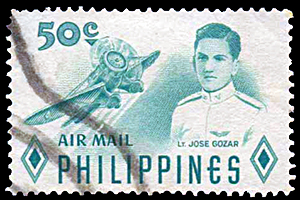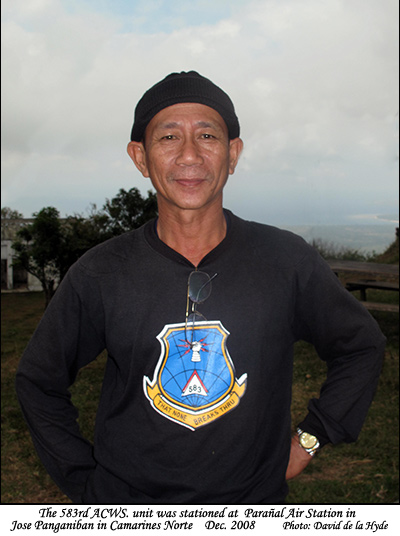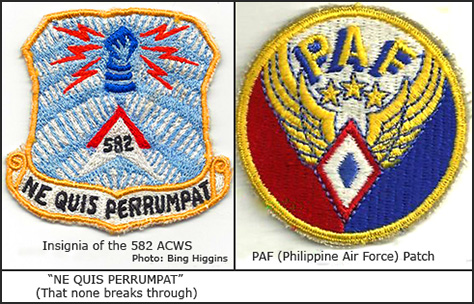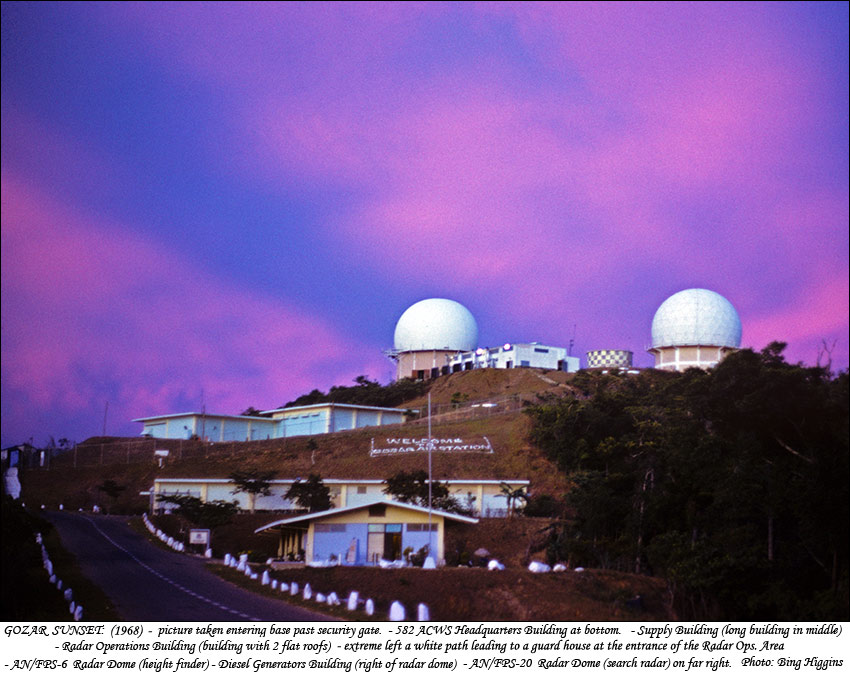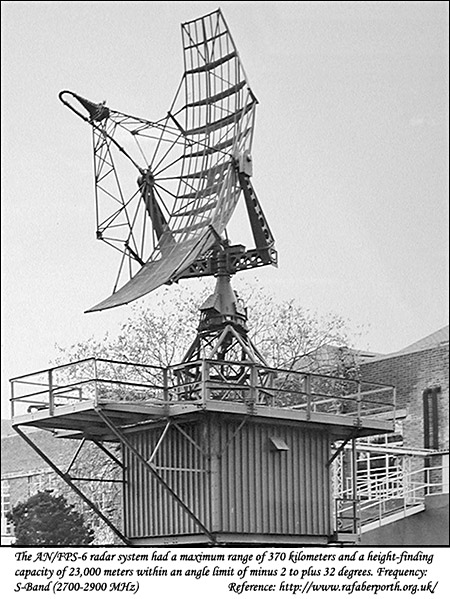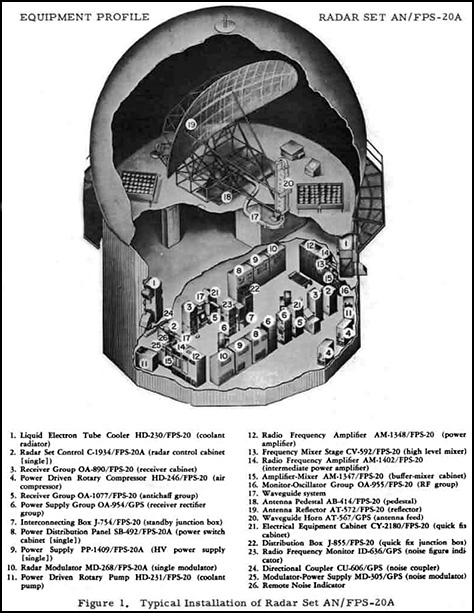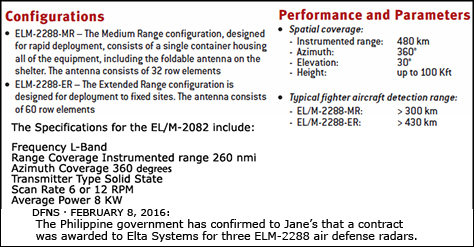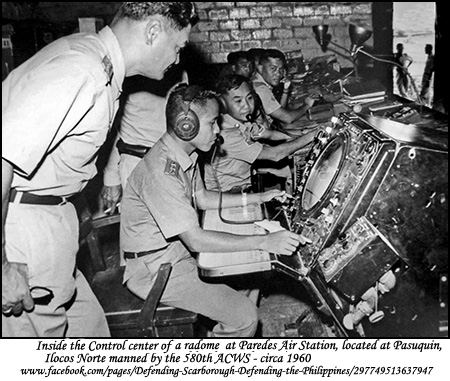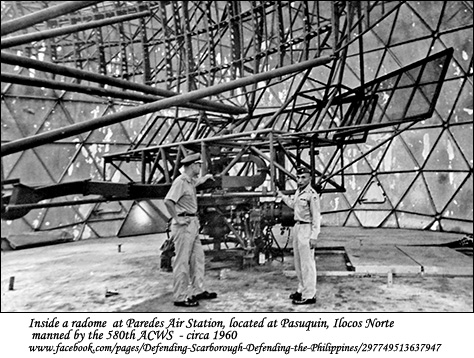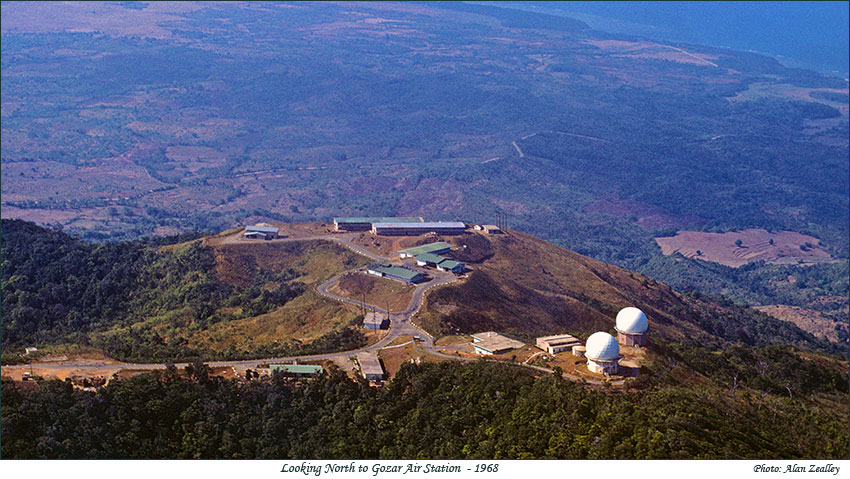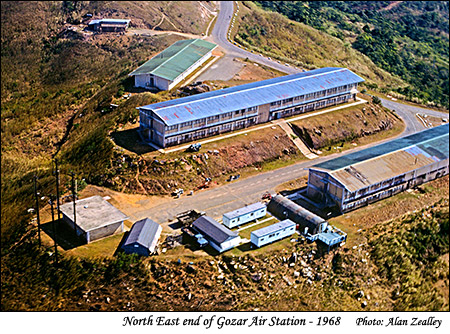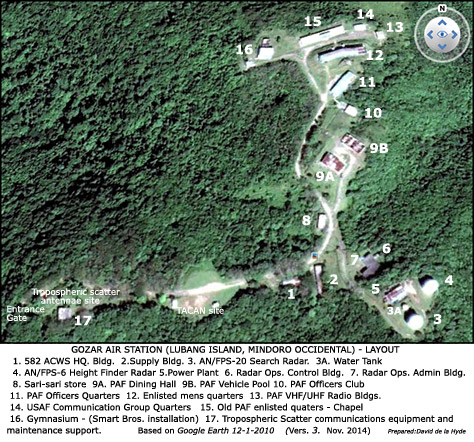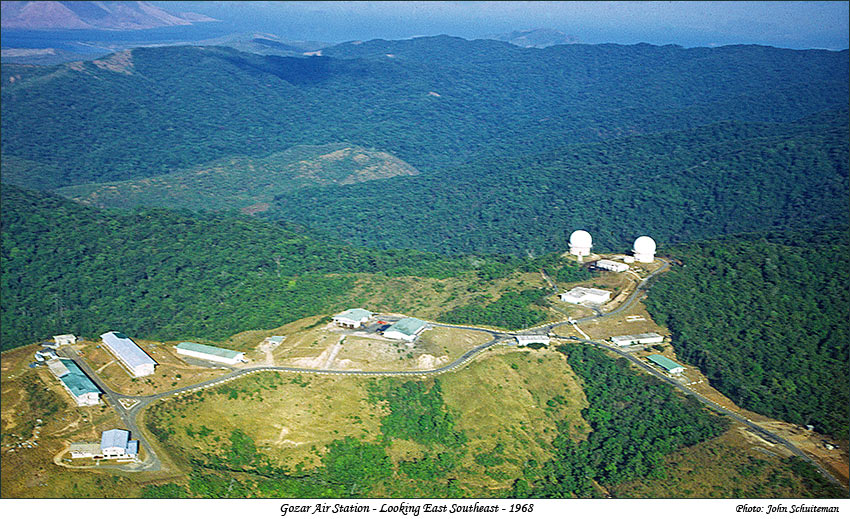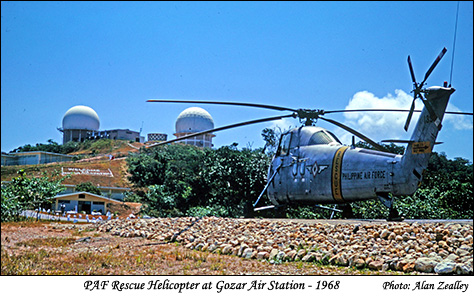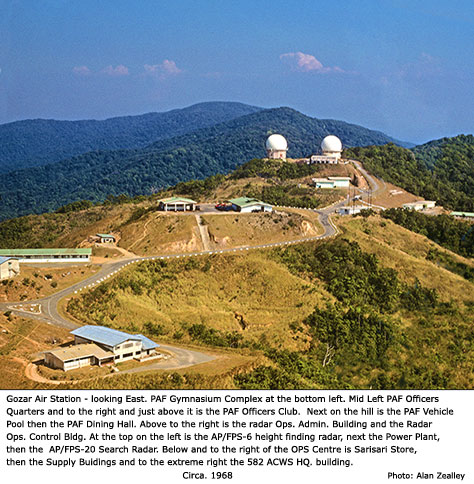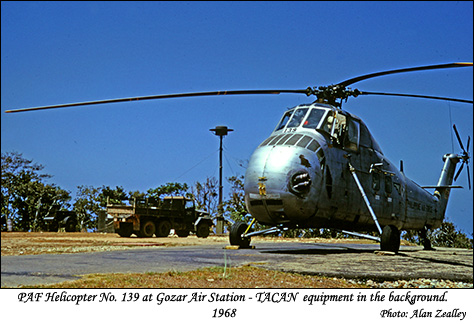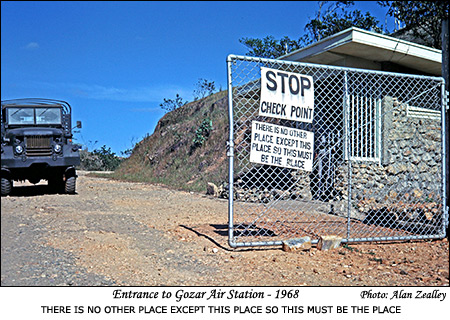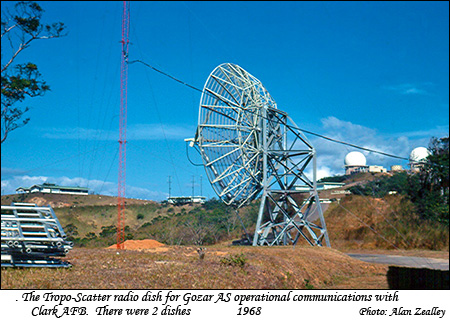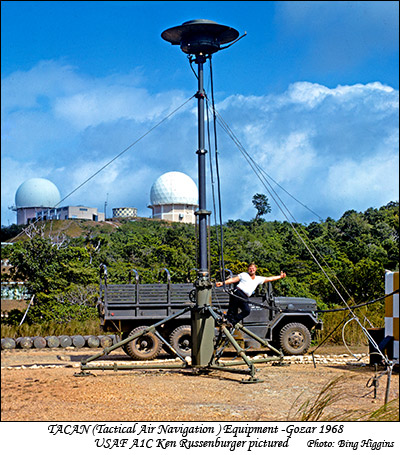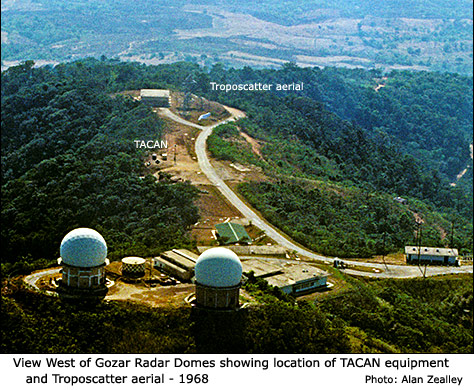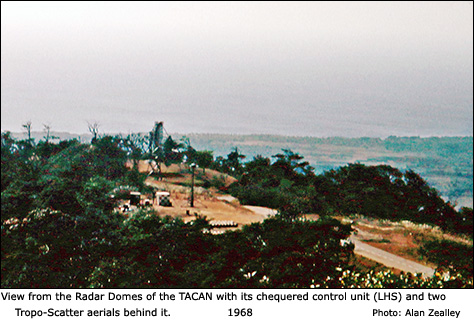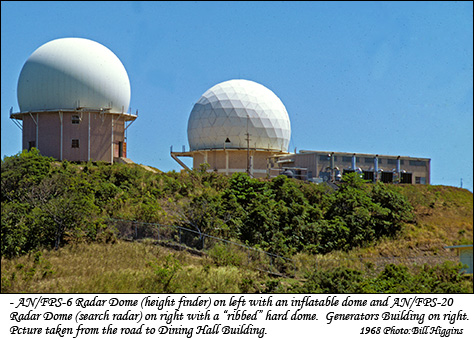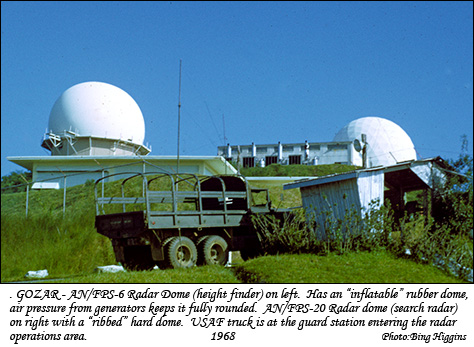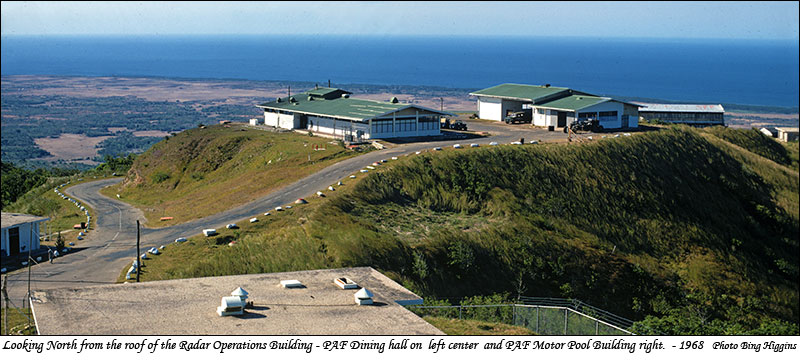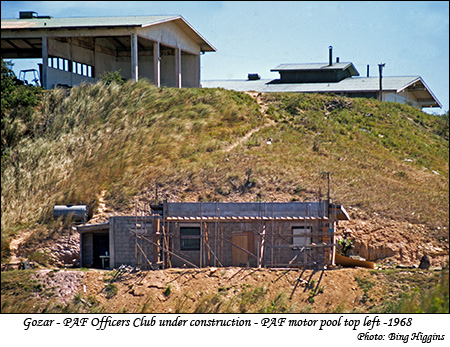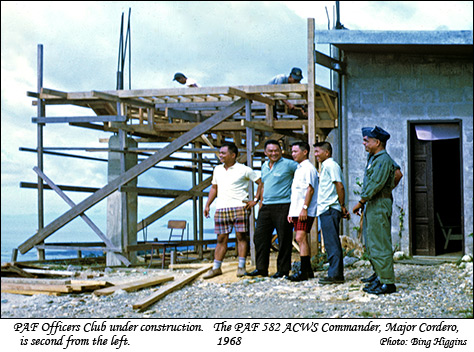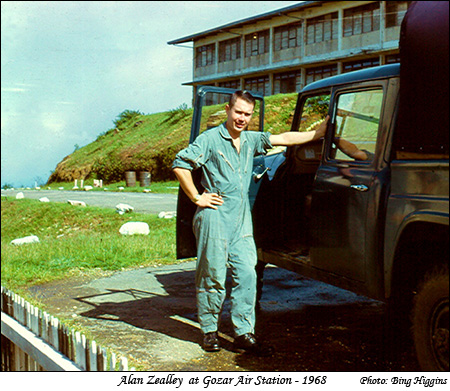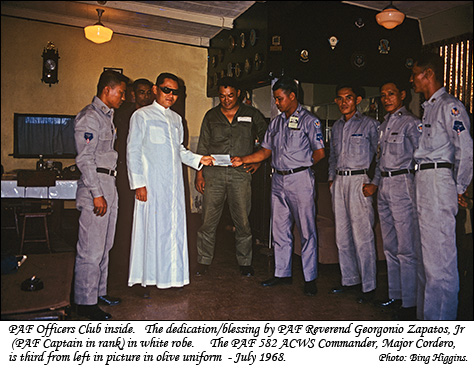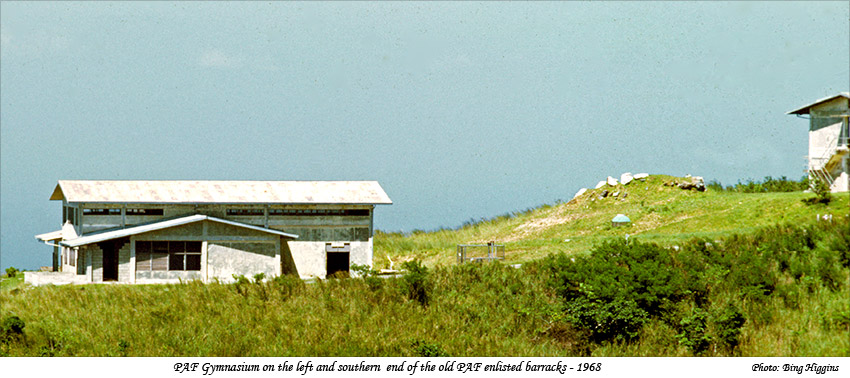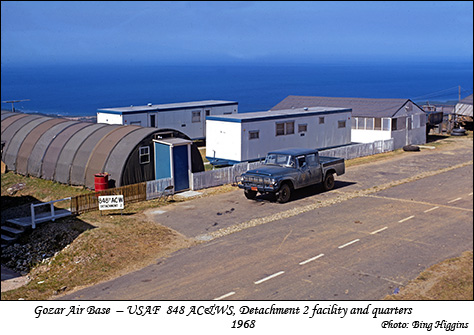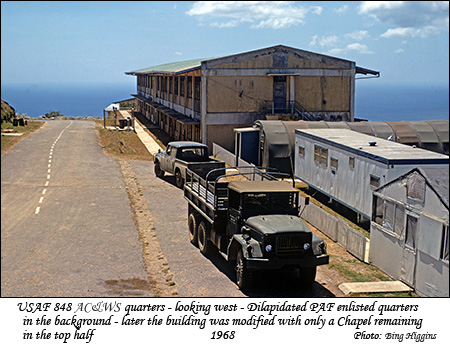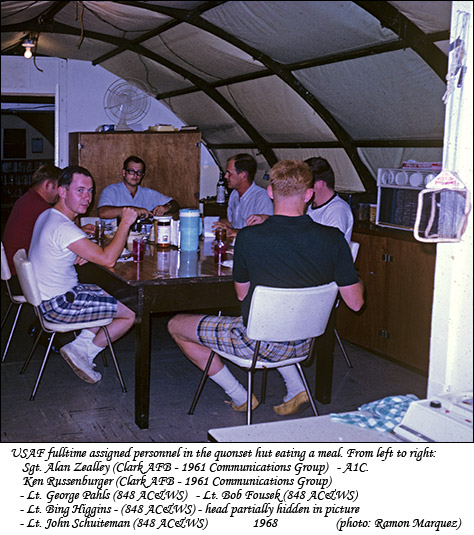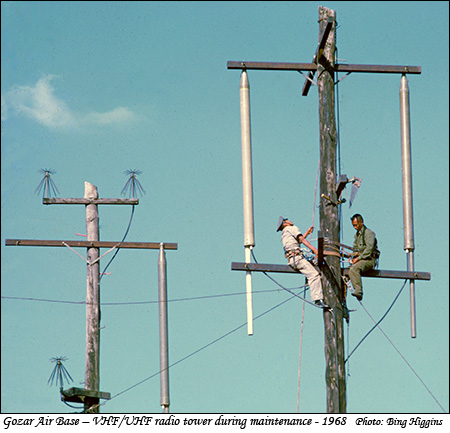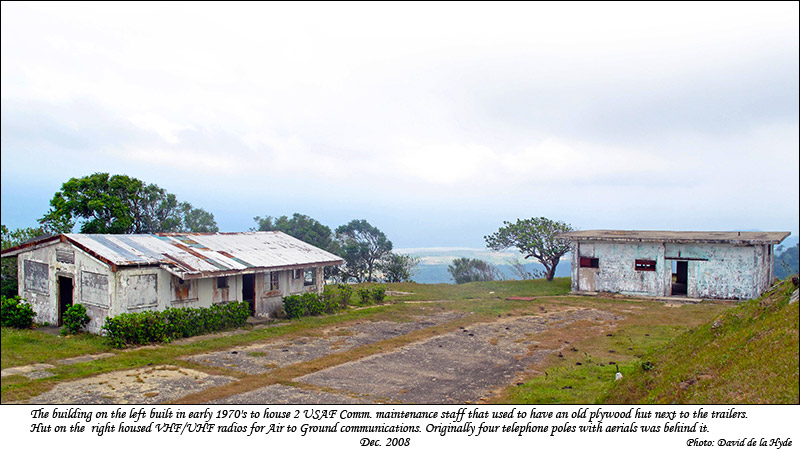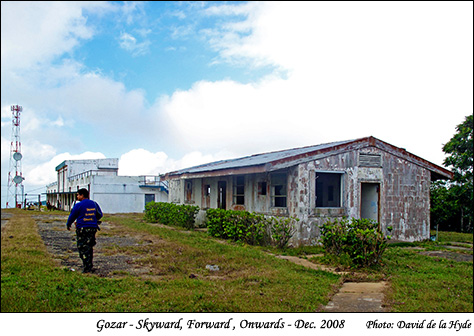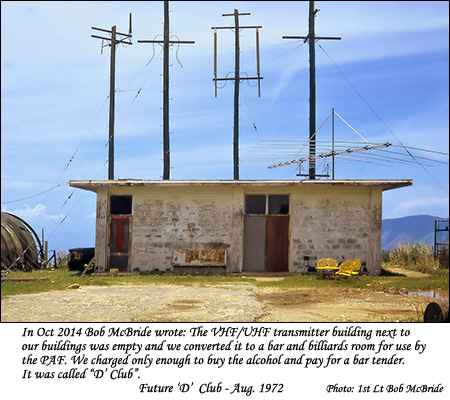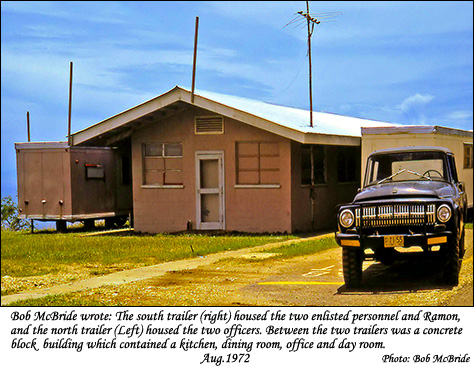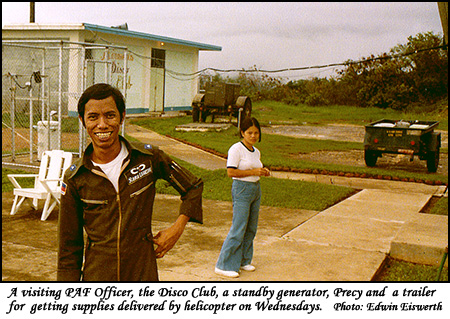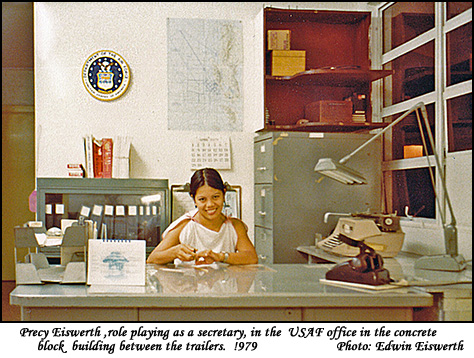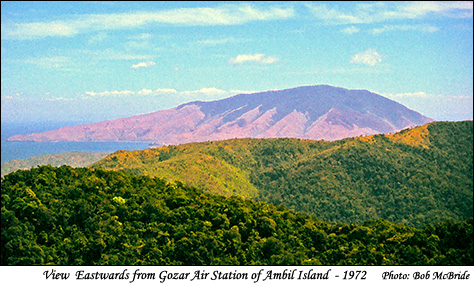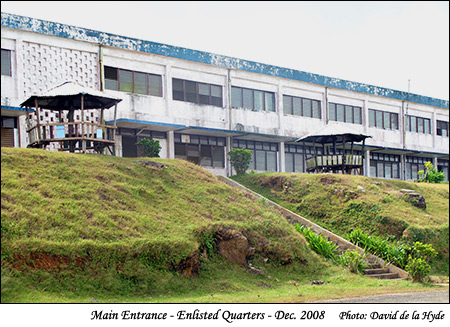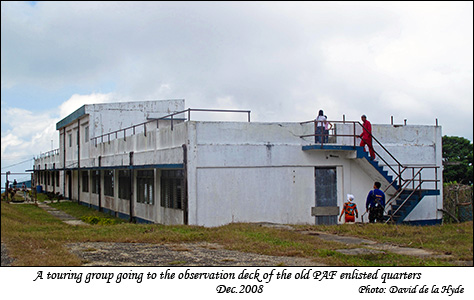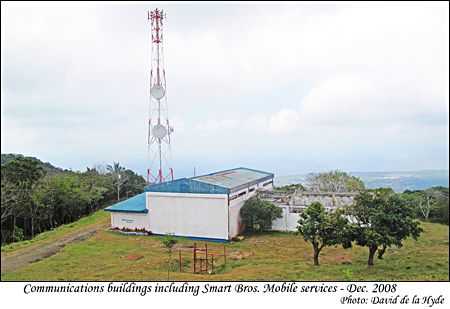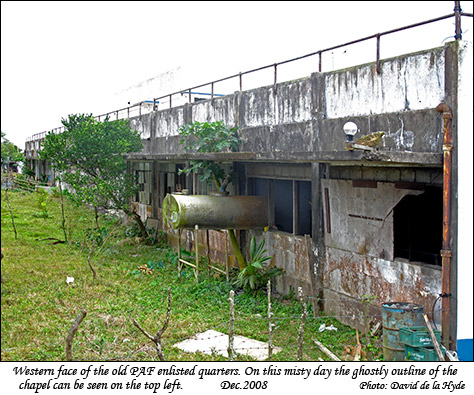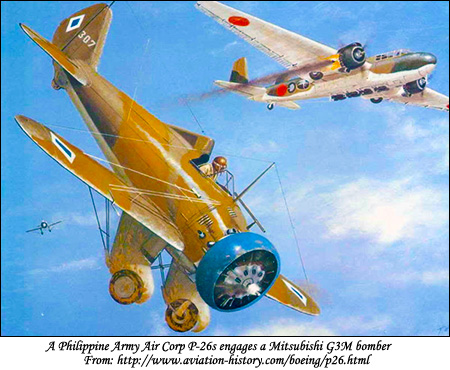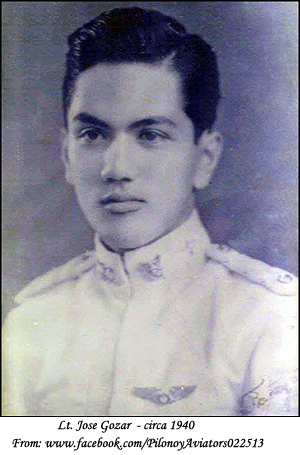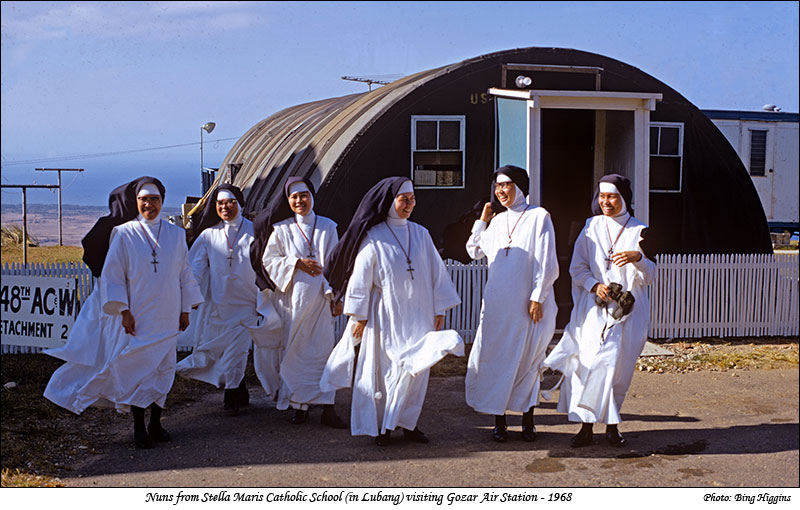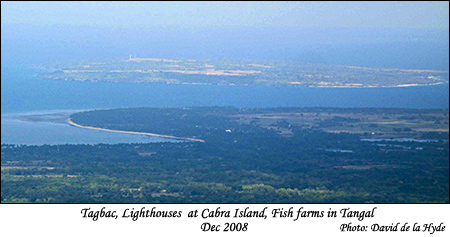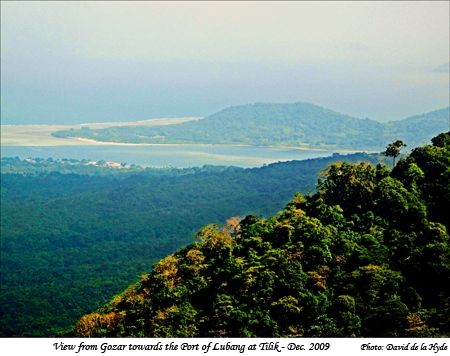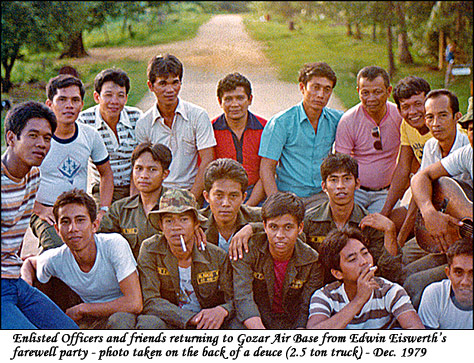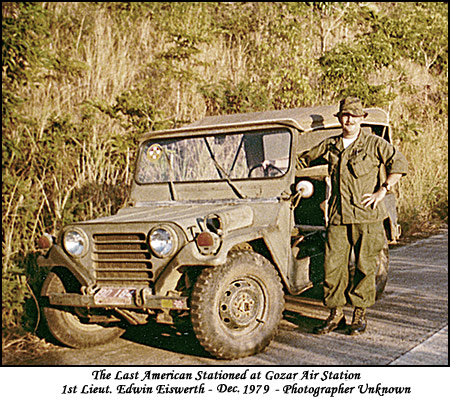GOZAR AIR STATION - LUBANG ISLAND
On July 1st. 1957 the Philippines government started construction of the Gozar Air station, on top of Mt. Ambulong, in Lubang Island. The radar installation incorporated was designed to guard the central south western airspace of the Philippines.
Gozar AS (Air Station) became the main radar check-in facility for military aircraft moving between (from/to) Southeast Asia (Saigon, Danang, etc), and Clark Air Force Base, north of Manila.
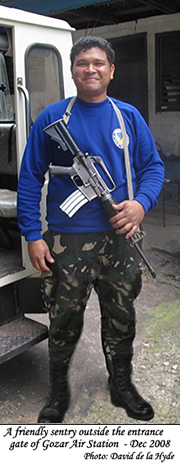
A road was built from the main highway of Lubang to Gozar by the engineering battalion of the Philippine's army.
The radar station was named after Lt Jose Gozar, a WWW II PAAC Pilot, who is said to have been captured and killed by the Japanese.
The Gozar Air Station started it's operations on November 16, 1961. The 582nd Aircraft Control and Warning Squadron (ACWS), established on November 1st 1957, was assigned to Gozar.
Colonel Romulo Soriano, who commanded the station in the late 1960's, requested the Philippine Air Force (PAF) authorities to buy some land as a housing estate for the soldiers.
The Village formed was called "Soriana Village" but later the name became shortened to Sorville.
Electricity was supplied to the village residents from the generating plant at the air base.
On March 10 1974 the last Japanese straggler left on Lubang Island, Lt. Hiroo Onoda, surrendered to PAF Chief General Jose Rancudo at Gozar Air Station.
***
I contacted Bing Higgins and Alan Zealley in Sept. 2014 and they have generously forwarded some photos of their time on Lubang Island. The images forwarded by them have made a most significant addition to the information on the history of Gozar that was previously available on this page.
Both Bing and Alan together with four other USAF personnel were posted to Gozar to act as advisers and trainers for the Air Defense Radar site and maintain the communications equipment.
During the Vietnam War, (1954Ė75), men were drafted in America to fill vacancies in the armed forces which could not be filled through voluntary means.
Alan Zealley was called up to serve and usually conscripts did 2 years with the US Army or the US Marines. Alan volunteered to serve for 4 years to obtain a better assignment. He left with the rank of Sergeant.
Bing Higgins left the active duty Air Force after 6 years. He served in the part time Air National Guard for another 16 years, and retired with the rank of Lieutenant Colonel, and awarded the Meritorious Service Medal.
Of particular interest, is that in part of his civilian career, he spent one year as Project Manager leading a team that installed bank computer systems, and software, at the Bank of the Philippine Islands (BPI), in Manila.
Reference: HISTORY OF LUBANG by Rudy Candelario - translated into English by Benjamin Walata. (http://occidentalmindorohistory.googlepages.com/historylubang)
In 2010 The Arroyo administration wanted Lubang as a tourist destination and planned to convert parts of the Gozar Air Station on Mount Ambulong as a world-class hotel complex to cater to tourists.
The air station, at an elevation of some 1,300 feet above sea level, is the second highest in the country, next to the Pasuquin Air Station in Ilocos Sur. (Paredes Air Station) Only some 30 soldiers are left manning the facilities since its radars broke down in the late 90ís.
Reference: (http://bulatlat.com/main/2010/02/20/lubang's-pride/)
The Philippines is fast tracking the acquisition of air defense surveillance radars from Israelís Elta Systems so it can monitor intrusions in its air space.
The project worth P2.68 billion ($62.85 million*) will fund the installation of radar systems in Palawan (Mt. Salakot) to cover the West Philippines Sea (South China Sea) and old radar sites Lubang Island in Occidental Mindoro (Gozar Air Station) and Pasuquin Air Station in Ilocos Norte (Paredes Air Station).
The first radar system is expected to be installed 22 months after the notice to proceed is issued and the letter of credit is signed ... The radar systems will cover a 350-nautical mile radius.
Reference: (www.rappler.com/nation/62841-philippines-air-defense-radar) - July 9, 2014
Note: The Letter of Credit was opened in January 2016 so the delivery of the first Radar will occur about November 2017. The second and third Radars will be delivered 6 and 12 months later respectively.
http://www.update.ph/2016/02/3-air-stations-to-be-developed-as-israeli-radar-bases/2396
